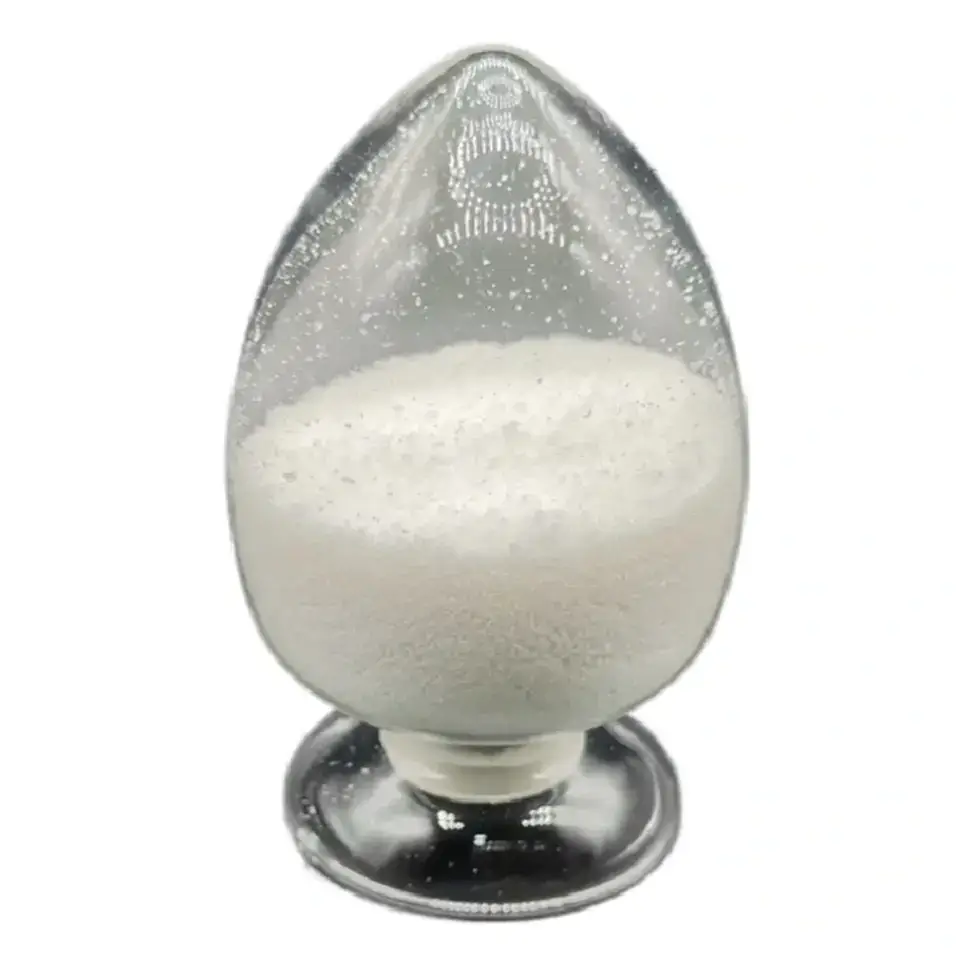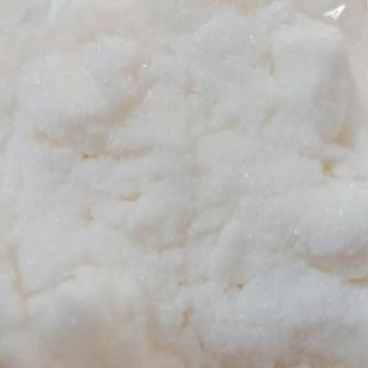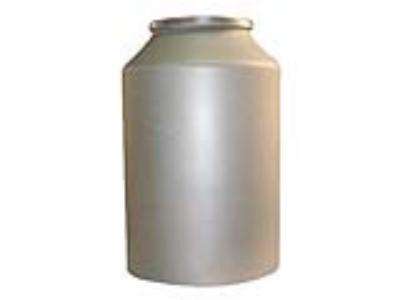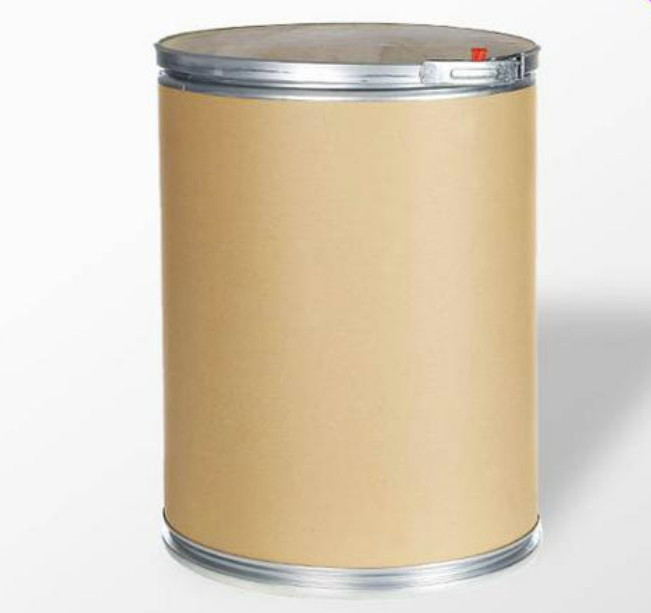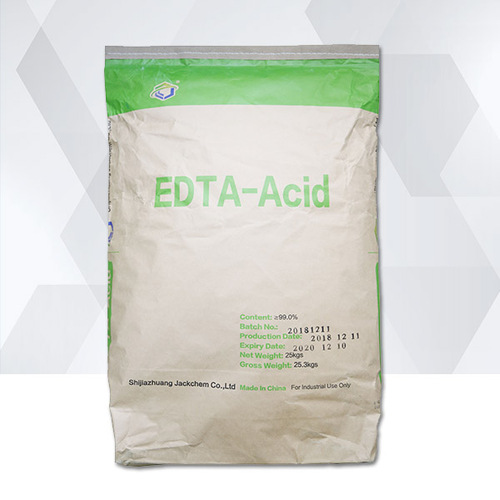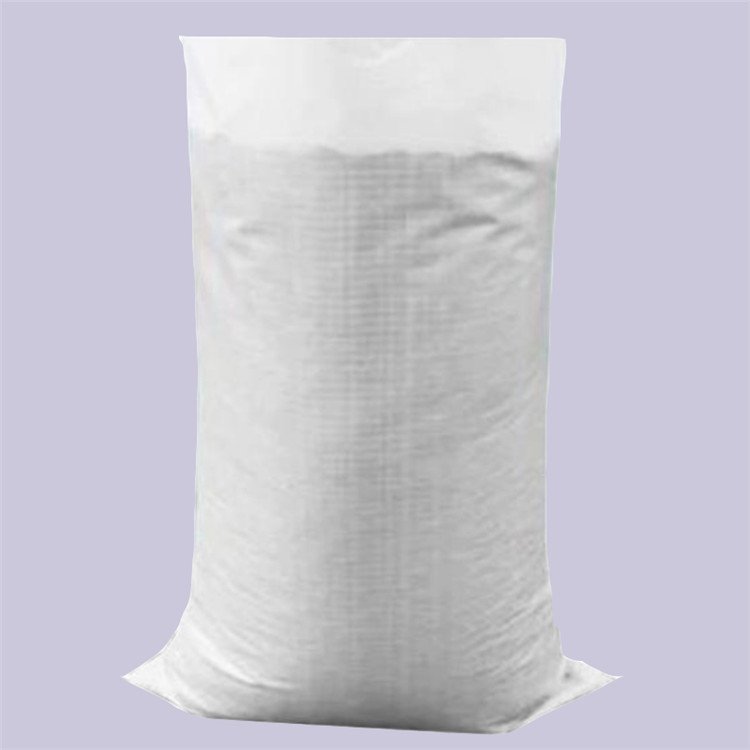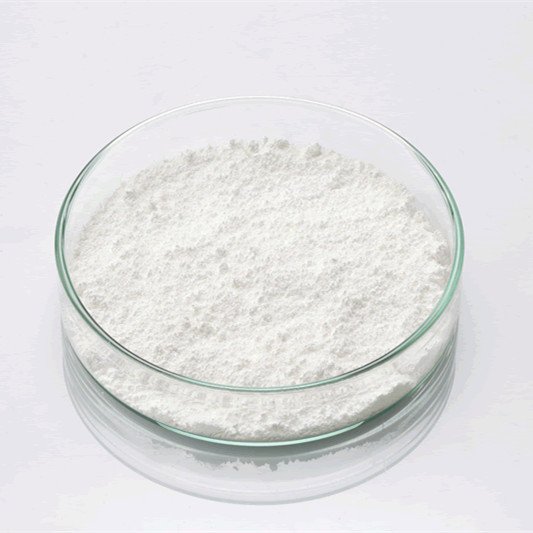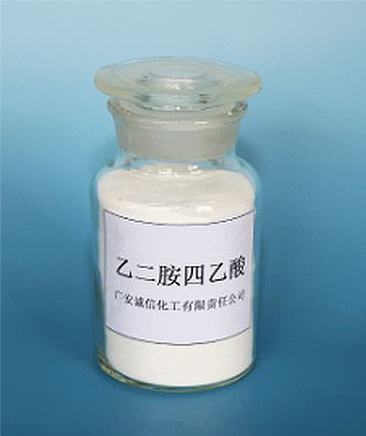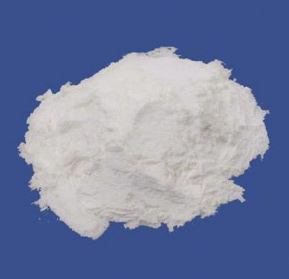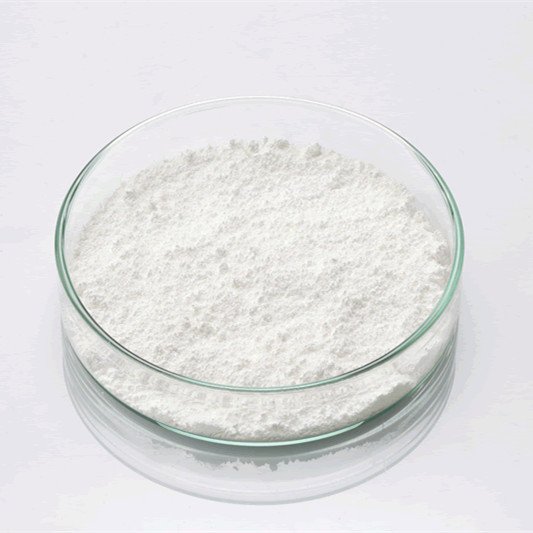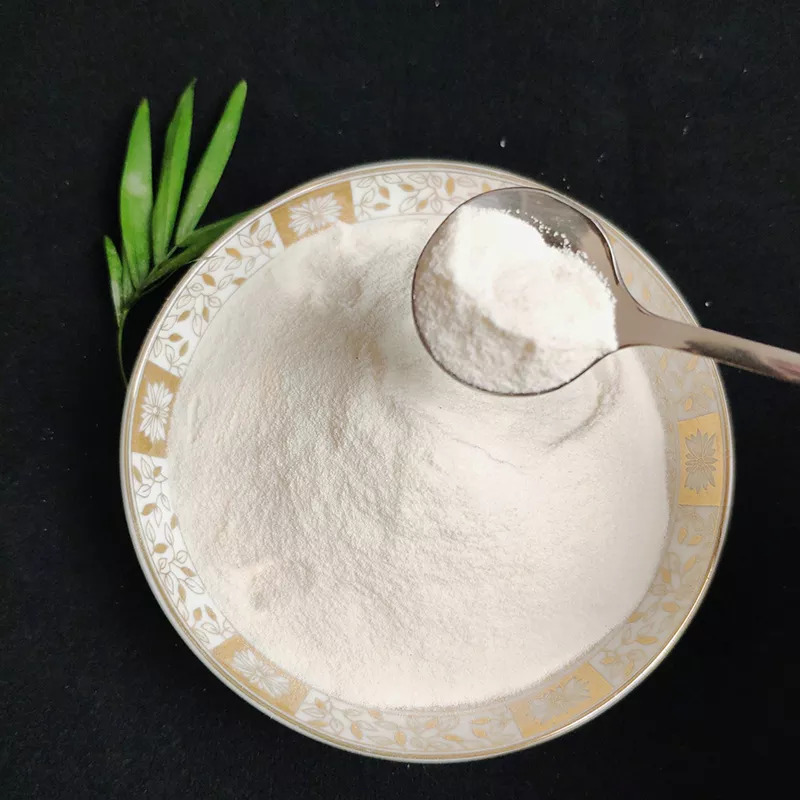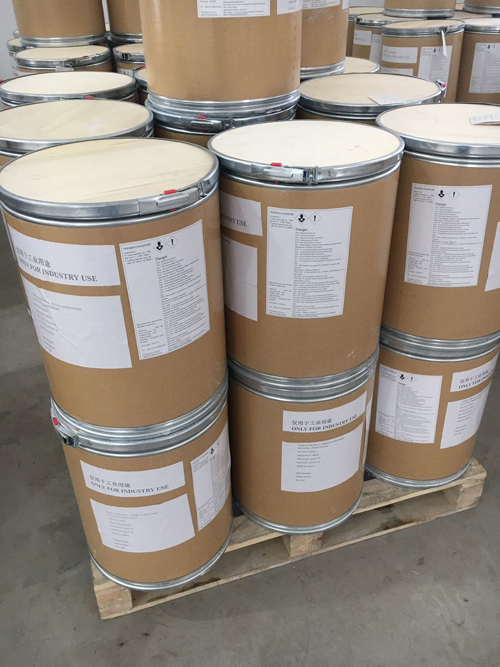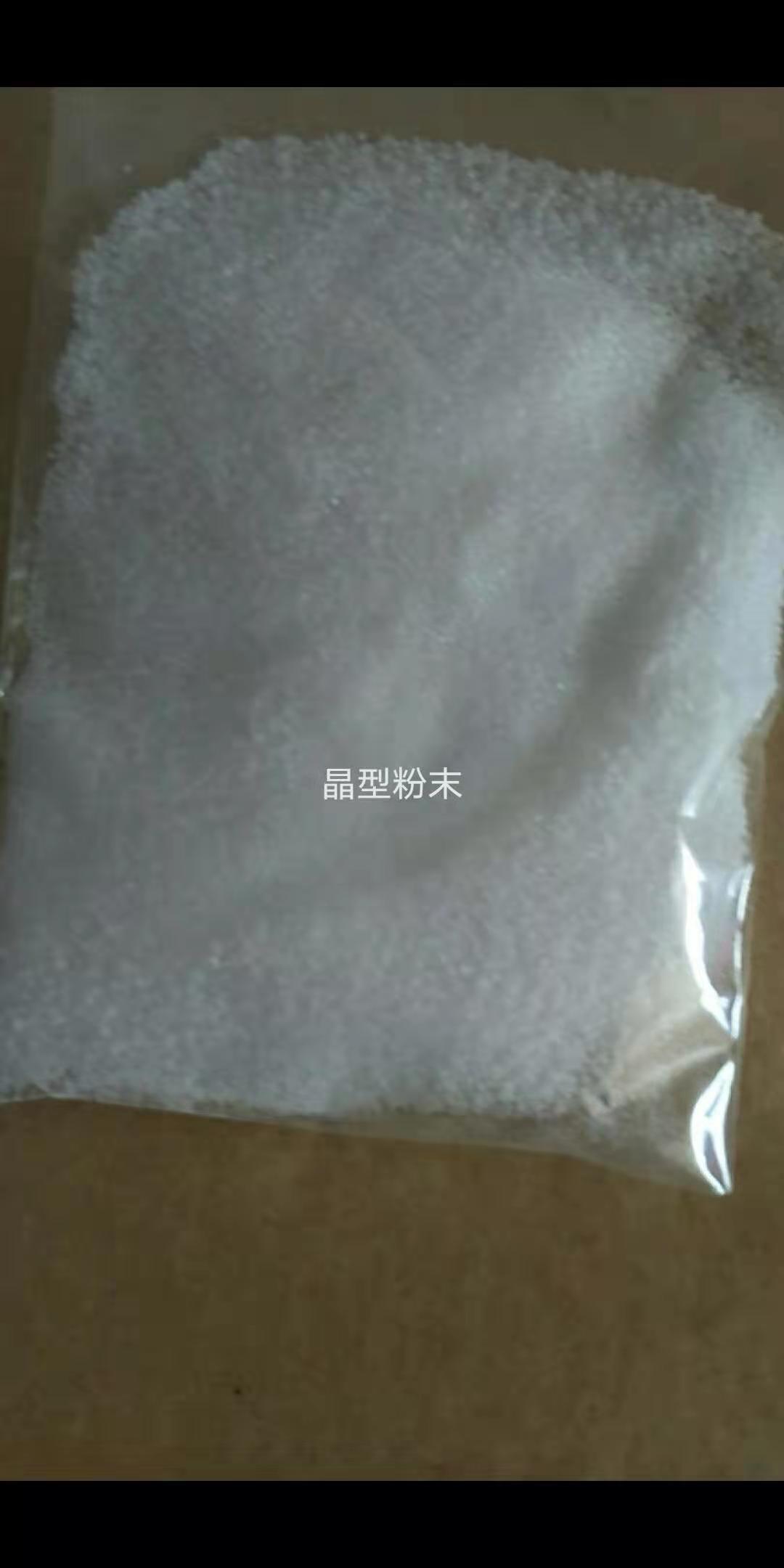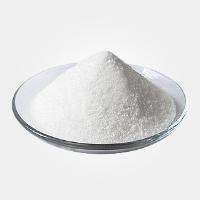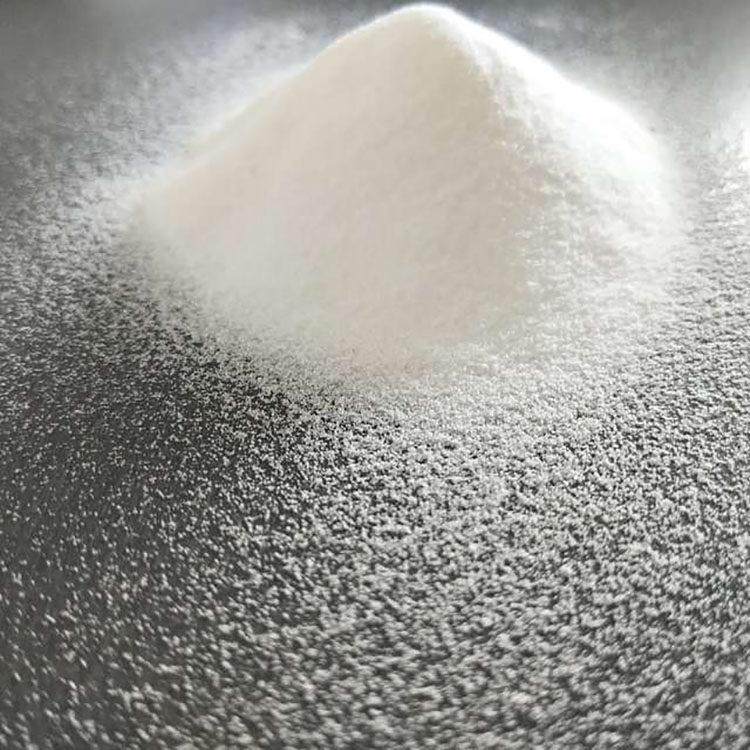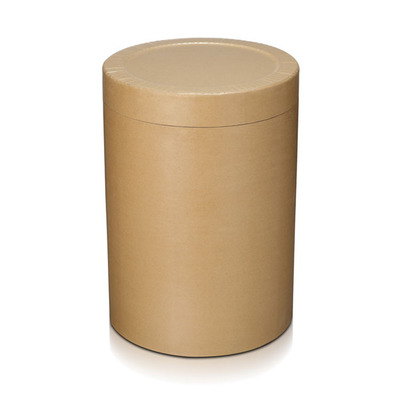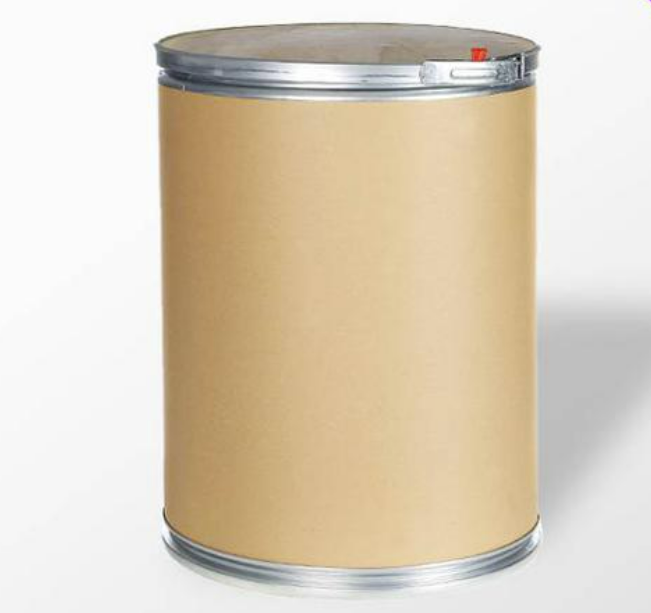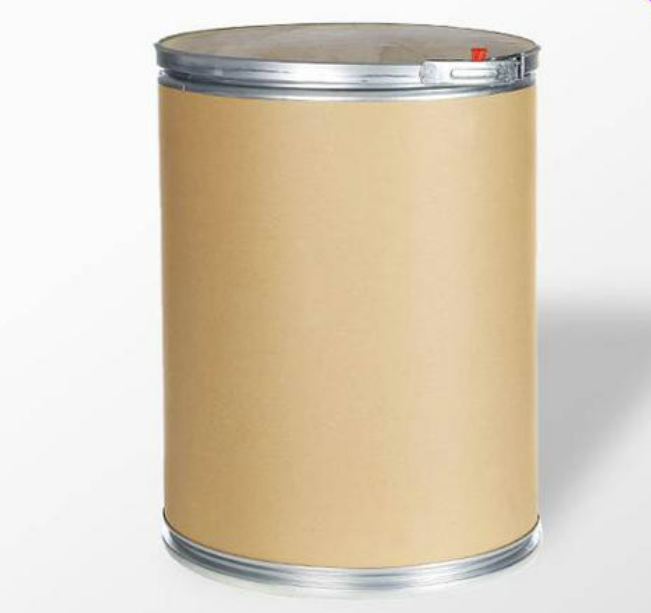API & Intermediate
Pharmaceutical Raw Materials
Veterinary API
Antiallergic Drugs
Hormones and Endocrine Drugs
Drug Metabolism
Pharmaceutical Intermediates
Synthetic Anti Infective Drugs
Specialty Drugs
Vitamins and Minerals Medicines
Feed Drug Additive
Antineoplastic Agents
Nervous System Drugs
Respiratory Drugs
Diagnostic Agents
Anti Stress Drugs
Antipyretic Analgesics
Antiparasitic Drugs
Circulatory System Drugs
Biochemicals
Blood System Drugs
Immune System Medication
Pharmaceutical Excipients
Fluid, Electrolyte, and Acid-Base Balance
Urinary System Drugs
Antibiotics
Anesthetic Agents
Inhibitors
Other Chemical Drugs
Digestive System Drugs
Find
7122
related chemicals for youAlias
More Information
Acycloguanosine; Zyclir; Aciclovir; Vimrax; Zovirax; 2-Amino-9-((2-Hydroxyethoxy)Methyl)-1H-Purin-6(9H)-one; Poviral; Vipral; ACV
Brief Introduction
Acyclovir, also known as acyclovir, is an antiviral drug of guanine analogues. Acyclovir is one of the most commonly used antiviral drugs, mainly used in the treatment of herpes simplex virus infection, but also for the treatment of herpes zoster. Acyclovir was once regarded as the beginning of a new era of antiviral therapy because of its high selectivity and low cytotoxicity. Its inventor Gertrude B. elien, an American pharmacologist, also won the Nobel Prize in physiology or medicine in 1988.
Suppliers
View More Vendors (5) >
Chuangxin Biotech
99
/
Food Grade
25kg
/
Fibre Drum
CAS:60-00-4
Molecular Formula:C10H16N2O8
Alias
More Information
EDTA; EDTA ACID; Edetic Acid; Tetranodium salt; Trilon B; EDTA-ACID; Ethylenediaminetetraacetic acid Solution 0.01M; EDTA 0.01M; Ethylendiaminteraqcetic acid Solution 0.01M; EDTA 0.01
Brief Introduction
It is used in chemical analysis, to make detergents and cleaning compounds, and for many other uses.
Suppliers
View More Vendors (5) >
CAS:6020-87-7
Molecular Formula:C4H11N3O3
Alias
More Information
Glycine, N-(Aminoiminomethyl)-N-Methyl-, Monohydrate; 2-[Carbamimidoyl(Methyl)Amino]Acetic acid,Hydrate; 2-(1-Methylguanidino)Acetic acid Hydrate; Creatine Hydrate; L-Creatine Mono; Creatine, Monohydrate; Creatine Monohydrate, BR; N-Guanyl-N-Methylglycine; Creatin Monohydrate
Brief Introduction
It is widely used in food, beverage, additive, etc. Pharmaceutical raw materials and additives for health care products. It can inhibit the production of muscle fatigue factors, reduce fatigue and tension, restore physical fitness, accelerate human protein synthesis, make muscles stronger, enhance muscle elasticity, reduce cholesterol, blood lipid and blood glucose levels, improve muscle atrophy of middle-aged and elderly people, and delay aging.
Suppliers
View More Vendors (5) >
CAS:603-35-0
Molecular Formula:C18H15P
Alias
More Information
PP-360; Trifenylfosfin; Triphenyphosphine; Triphenylphosphane; Trihenylphosphine; Triphenyl Phosphine; Triphenyl-Phosphin
Brief Introduction
Triphenylphosphine is the basic raw material of rhodium phosphine complex catalyst, which has wide application in domestic petrochemical industry. Triphenylphosphine is also used in pharmaceutical industry, organic synthesis, analysis and other fields. Triphenylphosphine can also be used as a brightener in dye process, an antioxidant in color film development, a stabilizer in polyepoxidation, and an analytical reagent.
Suppliers
View More Vendors (5) >
CAS:611-75-6
Molecular Formula:C14H21Br2ClN2
Alias
More Information
Bromhexine HCl; 2-Amino-3,5-Dibromo-N-Cyclohexyl-N-Methylbenzy-Lamine Hydrochloride; N-(2-Amino-3,5-Dibromobenzyl)-N-Methylcyclohexylamine Hydrochloride; 2-Amino-3,5-Dibromo-N-Cyclohexyl-N-Methyl-Benzenemethanaminmonohydrochlo; 2-Amino-N-Cyclohexyl-3,5-Dibromo-N-Methylbenzylaminehydrochloride; 2-Amino-3,5-Dibromo-N-Cyclohexyl-N-Methylbenzylamine Hydrochloride; Auxit; Bisolvon
Brief Introduction
Bromhexine hydrochloride is a hydrochloride resulting from the reaction of equimolar amounts of bromhexine and hydrogen chloride. It is used as a mucolytic for the treatment of respiratory disorders associated with productive cough (i.e. a cough characterised by the production of sputum). It has a role as a mucolytic.
Suppliers
View More Vendors (5) >
Inquiry (
10
/ 10
)
Clear All
You can inquire for up to 10 products at a time
Sign In
Error!

